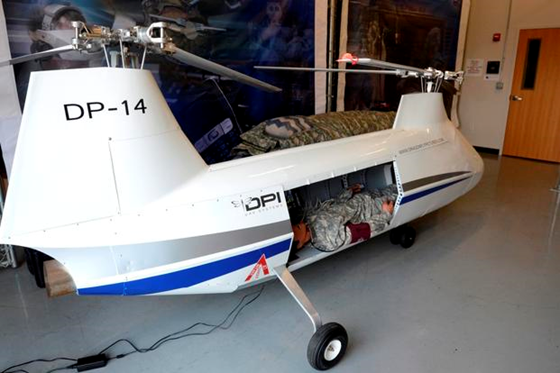Week 2 - Surfing the Tsunami
he second chapter of Surfing the Tsunami has some great points about the light-speed advancements we’ve been seeing in machine learning; specifically related to autonomous, moving robots. It’s a fantastic introductory description of the different facets that need to feed a program’s decision-making algorithm to effectively transport itself around based on mapping knowledge (mostly sourced through Geographical Information Systems, or GIS) and variable, environmental inputs (what it sees, what it hears, what it touches).
There were a few mentions of “not-quite ready for
prime-time” technologies that are being widely discussed in my industry, and I
definitely agree to their relevance in shaping future operations in military
medicine and emergency response craft.
Once we have fully-autonomous vehicles, it will completely redesign the
manning structure of our emergency medical response industry. On typical crews, base emergency medical
technicians usually serve as on-ground assistants and ambulance drivers. We jokingly talk that their scope of care is
limited to giving gas, between providing O2 and driving the patient to
hospital. Taking the driver out of the
equation enables the junior medic to assist and observe enroute critical care
practice and could greatly improve the rate of skills progression in the field.
A DP-14 Evacuation Drone Prototype.
One piece that’s even more exciting is the idea that
autonomous drones (albeit large ones) could one day provide emergency
evacuation from remote areas or even battlefields. While I have some questions regarding how
we’d tackle enroute patient monitoring and treatment requirements, the mobility
advantage of this kind of technology is ridiculously obvious. I’ve definitely seen PowerPoints that depict such evacuation platforms, so there are legitimate
decision-makers exploring these developments for future emergency support.



Comments
Post a Comment